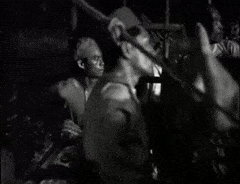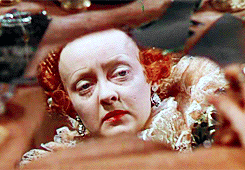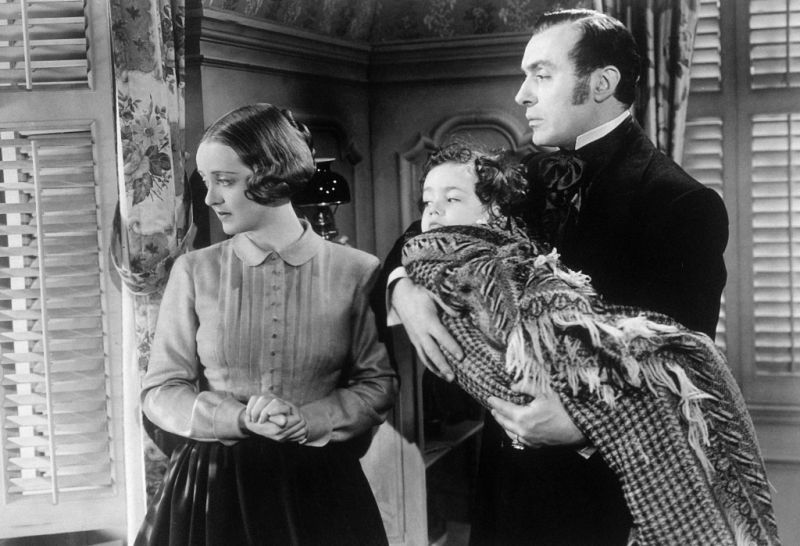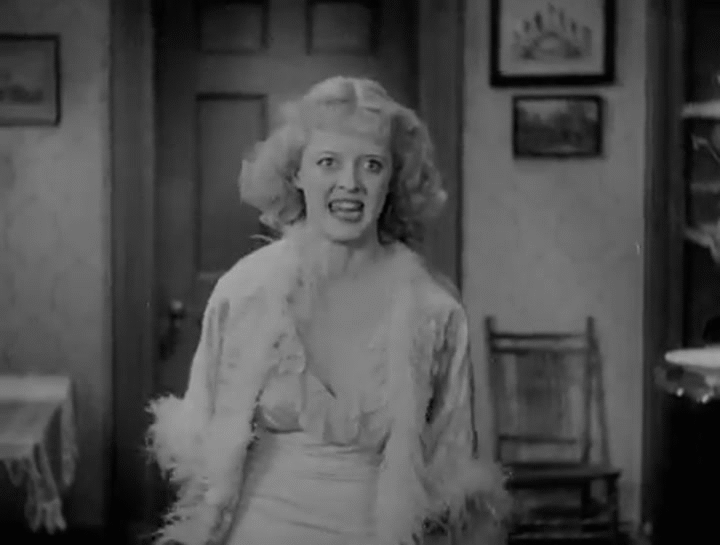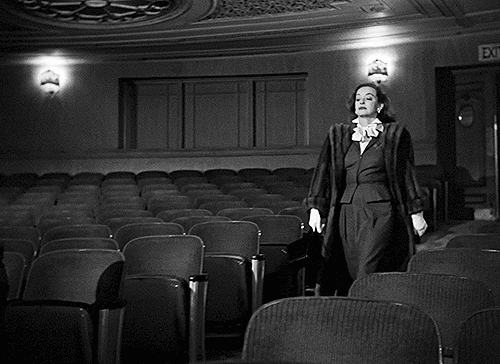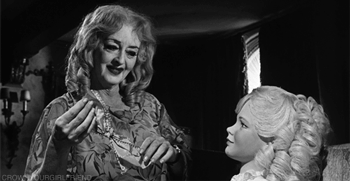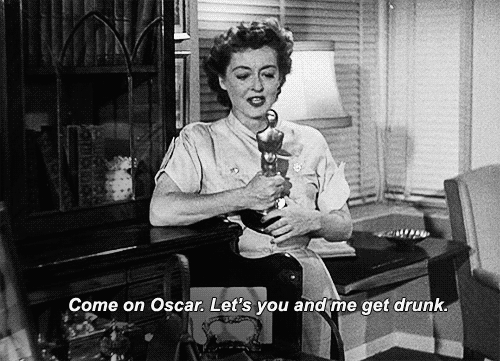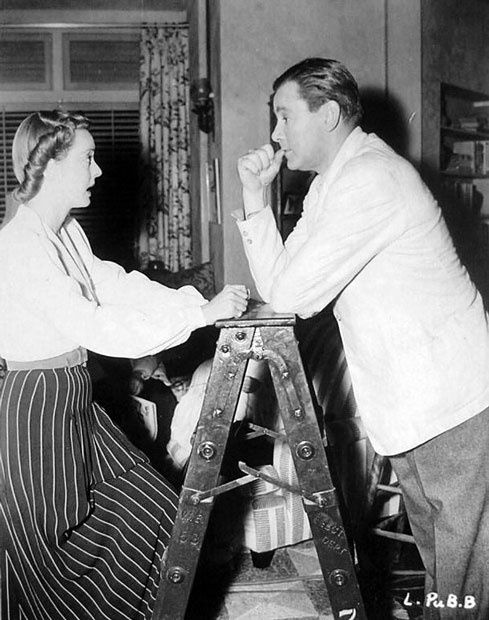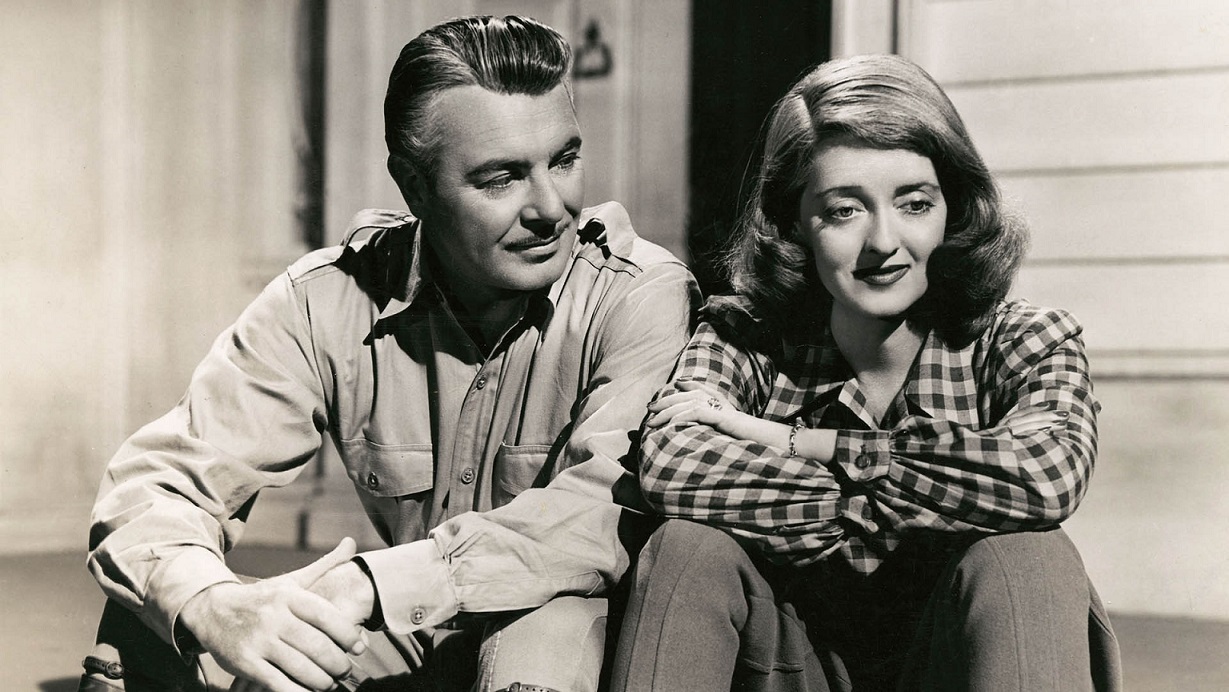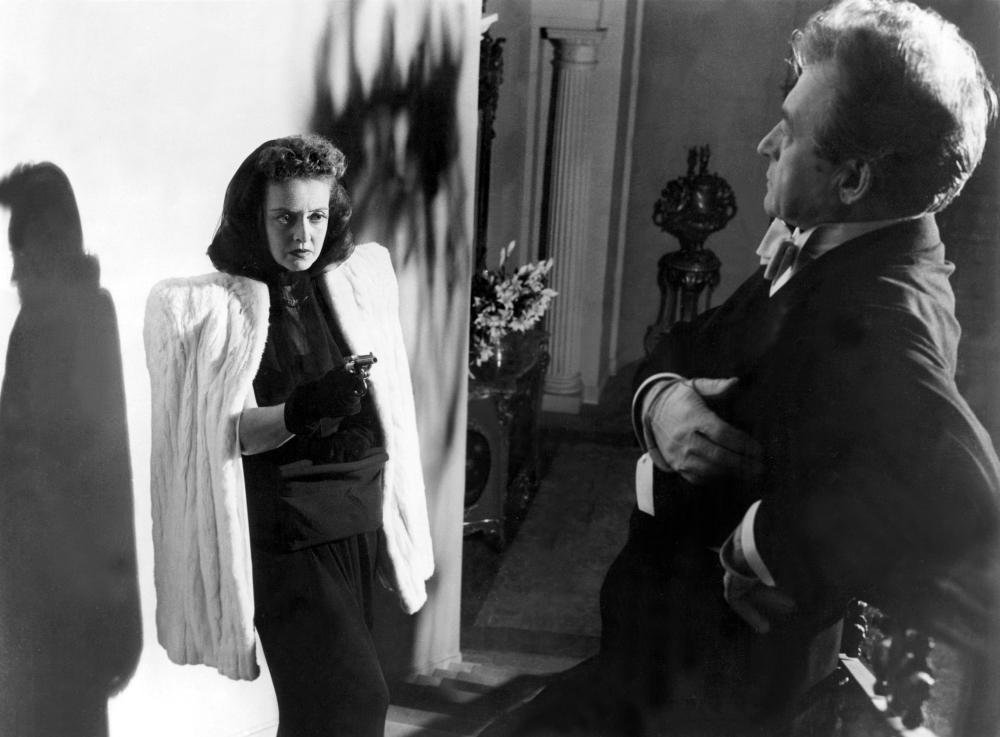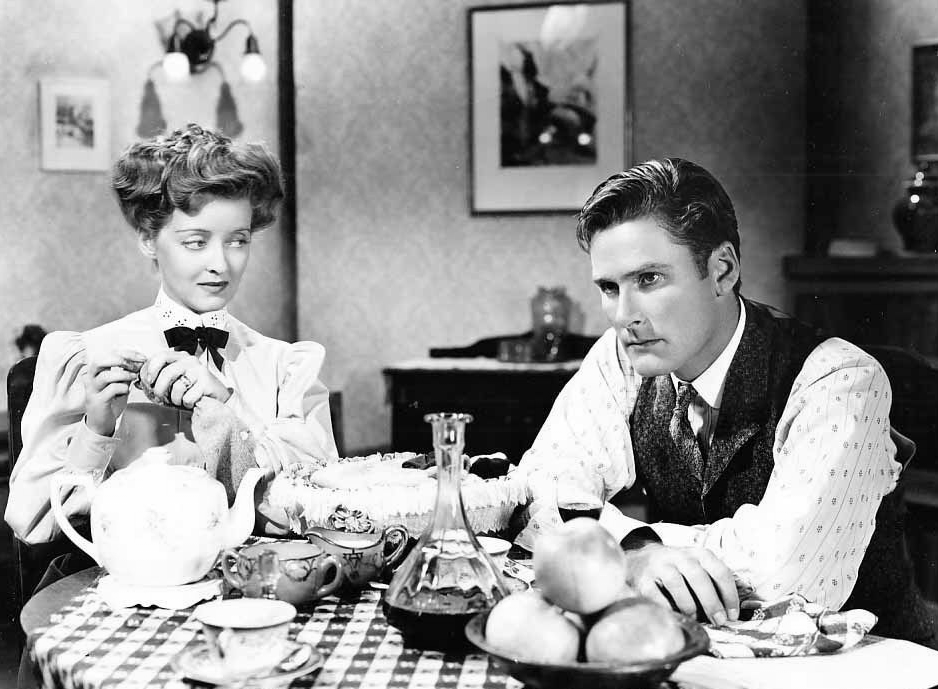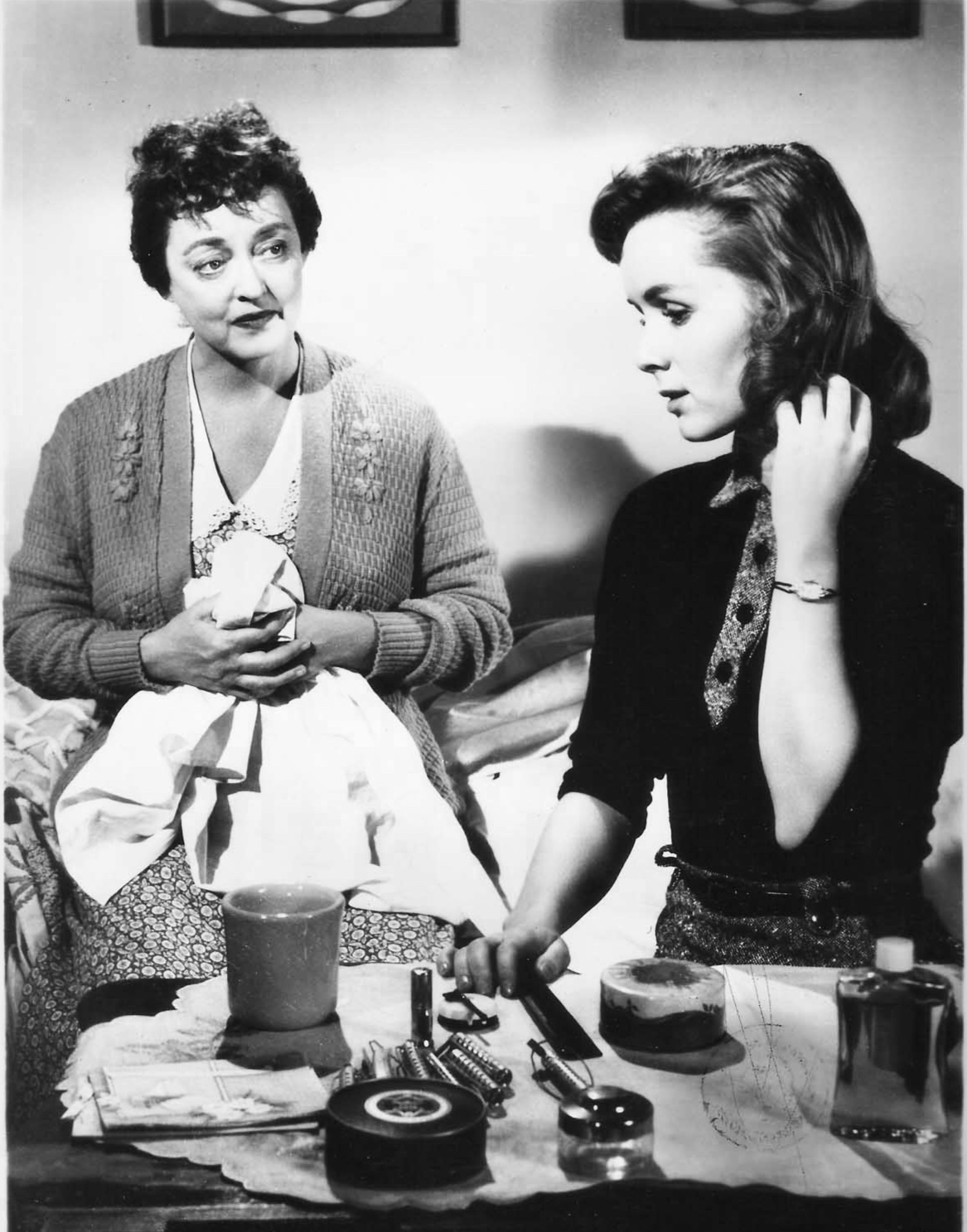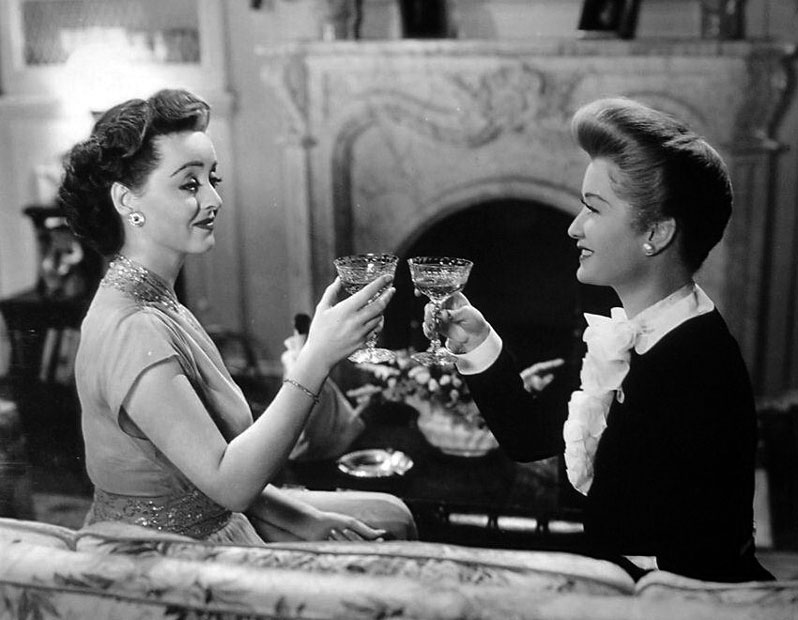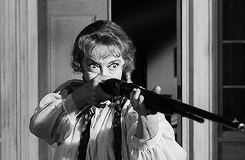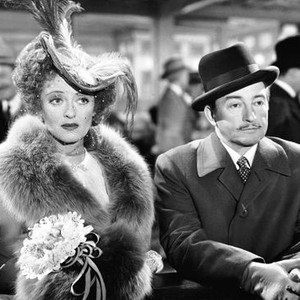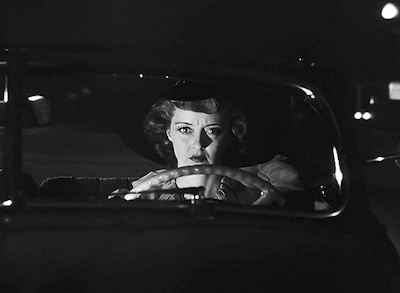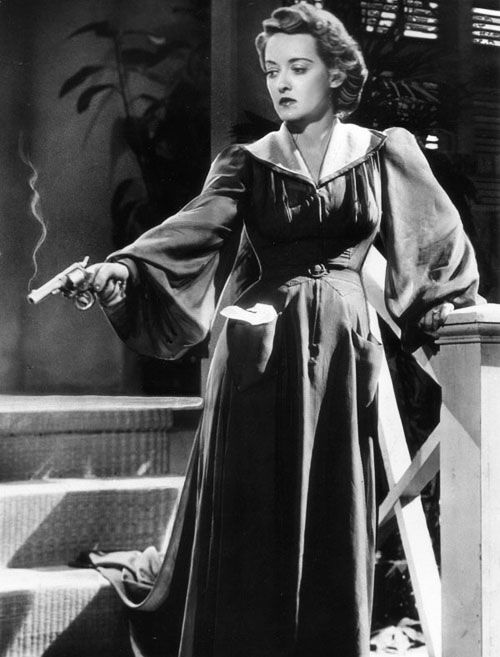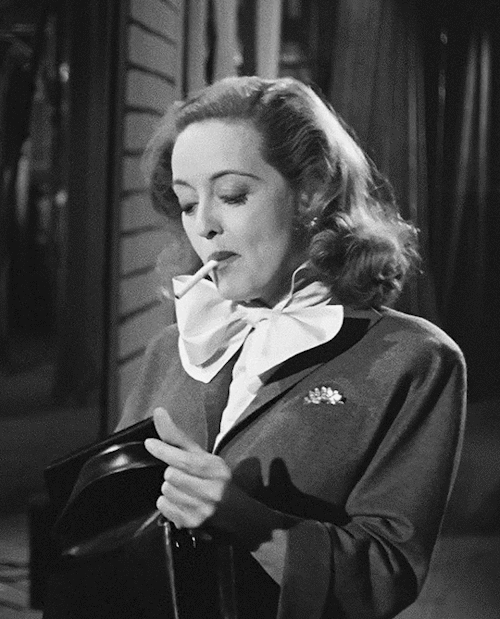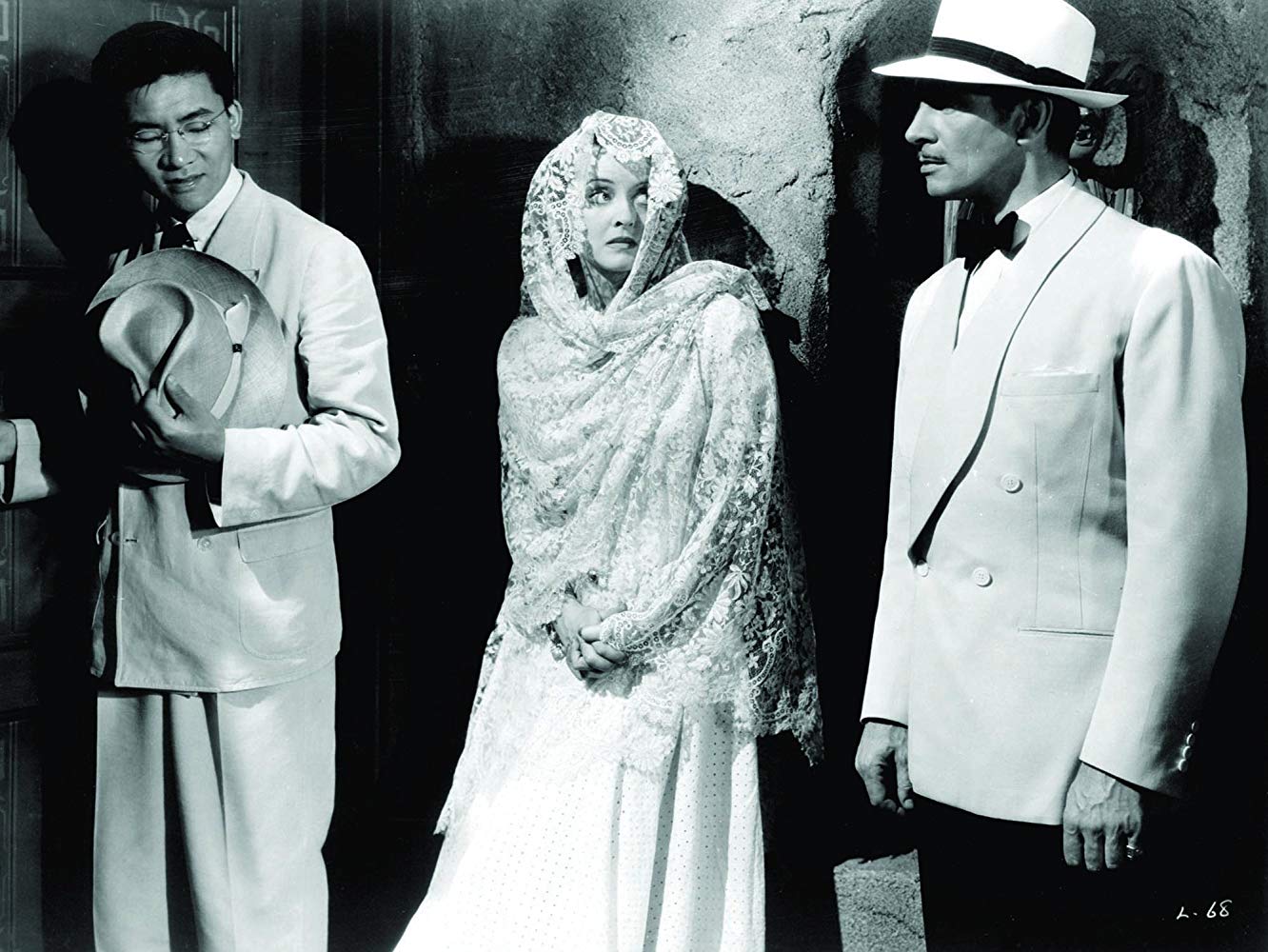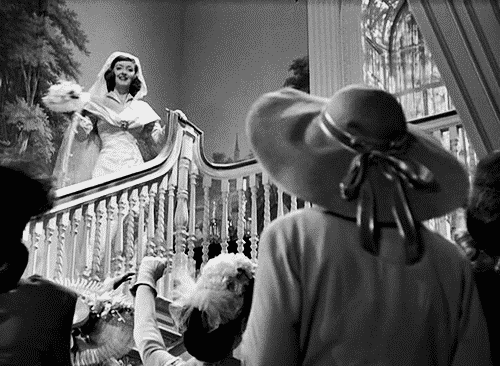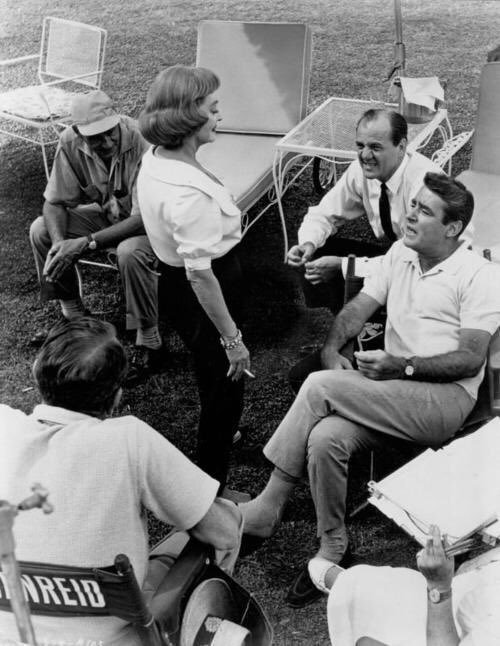Bette Davis

A hard worker and fierce champion of her career, Bette Davis succeeded in leaving a large legacy. She was known as “The Queen of Melodrama” and one of the foremost stars of what would be called “the woman's picture.” This reputation, however, was by no means built overnight. Davis began acting in stock theater. A year later she moved to Hollywood to pursue a film career where she was turned down by practically everyone. Instead of securing roles, she was often used as an extra or a screen test partner. Her big break came when actor George Arliss saw something in her and decided that he wanted her to star in The Man Who Played God (1932) at Warner Brothers. She received favorable reviews. Now her Hollywood career had truly begun. Her new home studio cast her in many non-descript films, though. Unlike Arliss, they were not able to see her as an actress or a leading lady.
This all changed when her star potential was "discovered" in the Warner Brother’s film version of Somerset Maugham's Of Human Bondage (1934). Davis had made a bold move. She was playing a part that many already established leading actresses had turned down. Davis had decided to portray the callous and cruel Mildred Rogers- a character that most actresses would shy from for fear of destroying their image as a romantic and winsome leading lady. On the other hand, Davis saw it as a way to prove her abilities. It was a move that would prove very characteristic of Davis throughout her career. She continued to prove her skill by her willingness to play complex, less than savory characters without fear for her personal image. Davis' career was now on an uphill trajectory. Her next success came a year later in the film Dangerous (1935) for which she won her first Oscar. Davis had successfully advocated for herself and her career but it seemed as though her advocacy after winning her first Oscar might interrupt her career. Disliking the film choices that the studio had been making for her, Davis wanted to now go to England and make a bigger name for herself. Her objections to stipulations in her contract with Warner Brothers were overruled, and she was forced to return home. Ironically, the period that followed became the most successful of her career. She continued to thrive in her "tortured element"* in such films as Marked Woman (1937), Jezebel (1938), The Old Maid (1939), The Private Lives of Elizabeth and Essex (1939), The Letter (1940), and The Little Foxes (1941). She also made a name for herself in romances, or what might be called "the woman's picture," such as All This, and Heaven Too (1940) and Now, Voyager (1942).
By the end of the decade, however, her career hit a low point due to personal problems and bad film selections on the studio’s part. In yet another daring career move, she decided to work as a freelance actress although the studio system was still very much intact. This decision soon found her playing one of her most notable roles, the reluctantly aging theater actress Margot Channing in All About Eve (1950). For her performance, she won her second Oscar. Everyone - including Davis - expected this to resurrect her career, but it did not. Tastes and audience expectations were changing. Like many of her peers, she simply did not have the same box office appeal despite continued good performances and succeeding Oscar nominations. Her comeback actually came much later when, in 1962, she made the bold choice to star in the horror film Whatever Happened to Baby Jane. Many producers had expected the film to fail due to Davis and her co-star Joan Crawford's age. They were wrong! The film launched what would become another genre for Davis as well as many of her peers in sub-horror films.
Yes, the films during her prime, those of the late 1930s through the '40s were melodramatic, but Davis "had always compelled audiences into sharing her belief in it. That faith was being modishly exploited in the sad spectacle of an actress submitting to a carpetbagger perversion of what was a rich and neurotic personality."* That is not to say that she turned out bad performances or pictures. In films like Dead Ringer (1964) and Hush..Hush, Sweet Charlotte (1964) she was perfect! For the rest of her career, she balanced her time between film and television until illness prevented her from working.
Bette Davis never feared sacrificing anything personal for the sake of her work. And her daring choices garnered her awards, accolades, and history-making honors that would make her a screen legend. By the end of her career, she had received 10 Oscar nominations, 2 wins, was the first female president of the Academy of Motion Picture Arts and Sciences, and was the first woman to receive a Lifetime Achievement Award from the American Film Institute. Her passion for her work made any inconceivable picture reasonable and compelling. She was able to make a career as a comedic, romantic, and dramatic actress with the uncanny ability to play both the classic leading lady as well as the horribly depraved. For audiences to accept their leading lady as both a gripping romantic figure and a less than savory character was unheard of, but Davis did it. She wasn't a studio-controlled image. She was simply an actress and the public knew and loved her for it.
*Thomson, David. The New Biographical Dictionary of Film. Third Edition. New York: Knopf, 2002.
Core Films
*= my personal favorites
Jezebel (1938)*
Dark Victory (1939)
The Old Maid (1939)*
The Private Lives of Elizabeth and Essex (1939)
The Letter (1940)
The Little Foxes (1941)*
Now, Voyager (1942)*
All About Eve (1950)*
Whatever Happened to Baby Jane (1962)
For More
